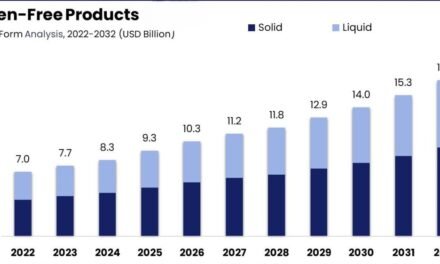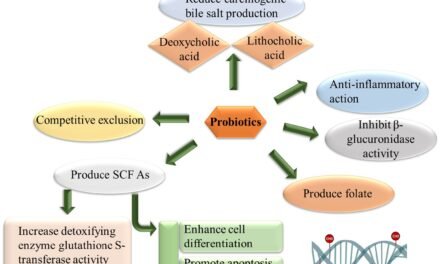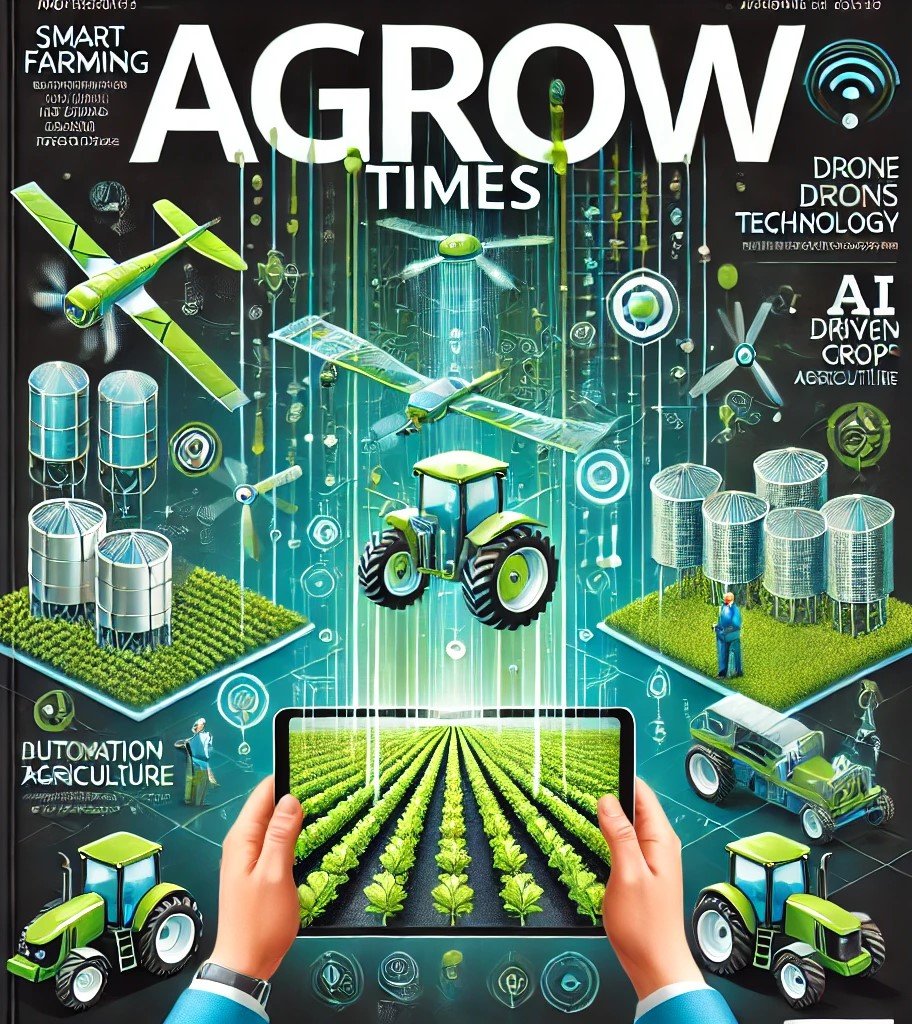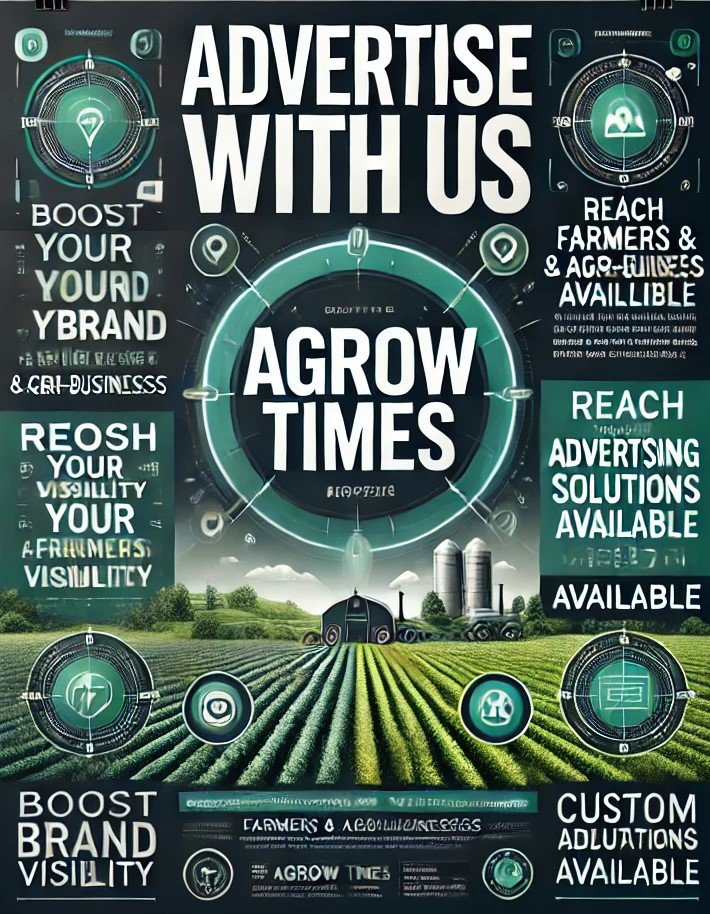Packaging innovation plays a critical role in extending the shelf life of processed foods by protecting them from environmental factors, preserving freshness, and enhancing food safety. Here’s how:
1. Barrier Protection
- Role: Innovative packaging materials act as barriers to oxygen, moisture, light, and contaminants, which can degrade food quality.
- Examples:
- Modified Atmosphere Packaging (MAP): Replaces oxygen with gases like nitrogen or carbon dioxide to slow microbial growth and oxidation.
- Vacuum Packaging: Removes air to prevent spoilage and preserve freshness.
- Multilayer Films: Combine materials with specific barrier properties to shield food from moisture and oxygen.
2. Active Packaging
- Role: Incorporates components that actively interact with the food or its environment to extend shelf life.
- Examples:
- Oxygen Absorbers: Remove residual oxygen inside the package to prevent spoilage and oxidation.
- Moisture Regulators: Maintain optimal humidity levels to prevent food from becoming soggy or drying out.
- Antimicrobial Packaging: Releases antimicrobial agents to inhibit bacterial or fungal growth.
3. Intelligent Packaging
- Role: Uses sensors or indicators to monitor the condition of the food and the environment inside the packaging.
- Examples:
- Time-Temperature Indicators (TTIs): These indicators change color to indicate whether the product has been exposed to temperature fluctuations that may compromise quality.
- Freshness Indicators: Detect spoilage by monitoring gas emissions or pH changes.
- Smart Labels: Embedded QR codes or RFID tags provide real-time data on storage conditions and traceability.
4. Controlled Release Systems
- Role: Packaging releases preservatives or gases at a controlled rate to maintain product freshness.
- Examples:
- Ethylene Absorbers: Extend the life of fruits and vegetables by reducing the effects of ethylene gas, which accelerates ripening.
- Flavor-Enhancing Films: Gradually release natural flavors or aromas to maintain sensory quality.
5. Sustainable and Biodegradable Materials
- Role: While sustainability is the primary goal, biodegradable materials can also help preserve food by incorporating barrier properties or active components.
- Examples:
- Edible Coatings are applied directly to food as a thin, protective layer (e.g., for fruits and cheese).
- Compostable Films: Designed to degrade after use while providing adequate protection during the product’s lifecycle.
6. Improved Sealing and Tamper Resistance
- Role: Prevents contamination and leakage, ensuring food safety and extending shelf life.
- Examples:
- Heat-Sealed Pouches: Ensure airtight packaging for liquid or semi-liquid foods.
- Tamper-Evident Closures: Indicate if the package has been opened or compromised.
7. Adaptation to Cold Chain Logistics
- Role: Packaging solutions tailored to refrigeration or freezing conditions ensure food stability during transport and storage.
- Examples:
- Cryovac Films: Designed for frozen foods to prevent freezer burn.
- Thermal Insulation Packaging: Maintains temperature consistency during transit.
8. Lightweight and Flexible Packaging
- Role: Enhances product protection while reducing material use and transportation costs.
- Examples:
- Stand-Up Pouches: Provide excellent barrier properties with less material than rigid containers.
- Flexible Vacuum Bags: Conform to the product shape, reducing air pockets and spoilage risk.
9. Innovations for Specific Food Categories
- Meat and Seafood: MAP or vacuum skin packaging to reduce bacterial growth and oxidation.
- Dairy Products: Multilayer materials with UV protection to prevent nutrient degradation.
- Bakery Items: Moisture-barrier packaging to prevent staleness while maintaining texture.
- Ready-to-Eat Meals: Retort pouches that allow sterilization and long shelf life without refrigeration.
10. Enhanced Consumer Convenience
- Role: Packaging innovations extend shelf life and improve usability, indirectly reducing food waste.
- Examples:
- Resealable Bags: Allow consumers to use portions while keeping the rest fresh.
- Single-Serve Portions: Reduce spoilage for foods prone to rapid deterioration after opening.
Benefits of Packaging Innovations
- Food Safety: Protects against contamination and spoilage.
- Waste Reduction: Extends shelf life, reducing food waste at the consumer and retailer levels.
- Enhanced Distribution: Allows foods to travel longer distances without compromising quality.
- Sustainability: Reduces environmental impact through biodegradable materials and waste minimization.
By incorporating these innovative approaches, packaging plays a pivotal role in ensuring that processed foods remain fresh, safe, and high-quality for longer periods, meeting the demands of both consumers and supply chains.
Hashtags
#EcoPackaging #InnovativeSolutions #FoodIndustry #SustainableSolutions #PackagingDesign #FoodPackaging #GreenPackaging #FoodWasteReduction #EcoConscious #SustainableLiving #FoodPackagingDesign #EcoFriendlySolutions #FoodPackagingTrends #SustainableFuture #EcoPackagingSolutions #FoodPackagingIdeas #SustainablePackagingSolutions #EcoFriendlyFood #FoodPackagingInnovations #SustainablePackagingDesign









